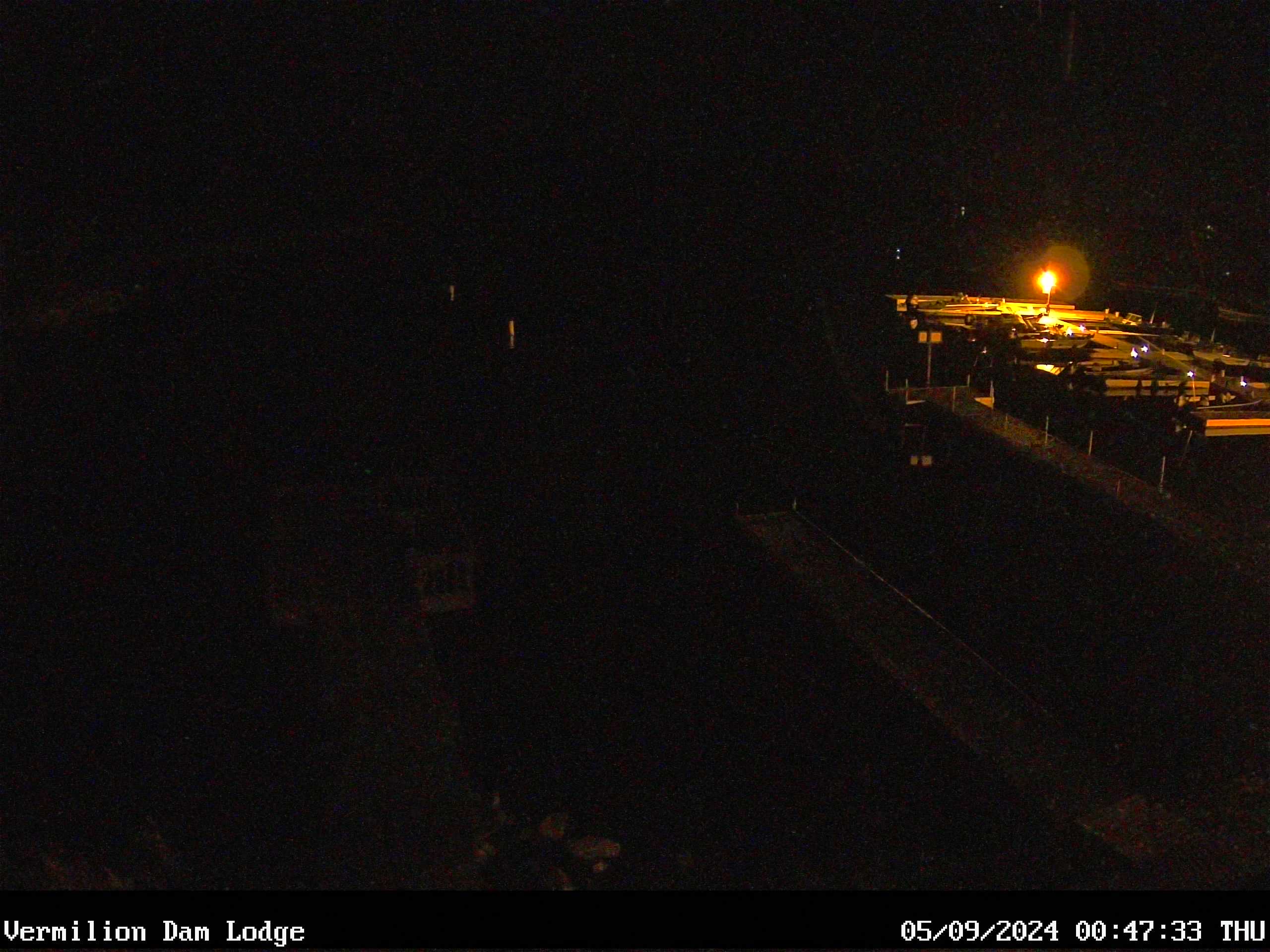Lake Vermilion Live Cam
A shallow freshwater lake in northeastern Minnesota

Cook Live Cam
The evening sun tinting the water a reddish color

Hosted by:
- Lake Vermilion Resort and Tourism Association
- PO Box 159 - Cook
- Minnesota 55723 - United States
- (800) 648-5897
- [email protected]
- https://www.lakevermilionresorts.com/
Bordering Canada and Lake Superior
Farming turned the open prairies of the western and southern half of the state into a checkerboard of fields and pastures. Large-scale agriculture began in the 1870s in the Red River Valley, where "Bonanza" wheat farms were promoted by railroad corporations. Flour mills made Minneapolis the country's largest producer of flour from the 1880s to the 1920s.
The soil gave out and wheat farmers had to diversify. Today, crops include sugar beets, potatoes, corn, soy beans, and vegetables, along with livestock. Food processing includes meat packing, cheese making, brewing, and canning. Explore details on Crop Systems that were prepared by the Minnesota Extension Service. Find out where you can purchase Minnesota Grown products by using the Minnesota Grown Directory.
Logging began in the St. Croix Valley in the 1830s. Lumberjacks had to haul the logs on horse-drawn sleds. By about 1920, most of the pine timber was gone. Today smaller trees such as aspen are cut for making paper and other wood products. In southeastern Minnesota, hardwoods such as oaks and maple are used to make furniture and railroad ties.
Millions of pine logs were transported from Minnesota forests to sawmills, where they were turned into pine boards for midwestern barns, houses, and fences.
Mining began in the 1890s as thousands of laborers worked on the Mesabi, Vermillion and Cuyuna iron ranges. They build towns and dug huge pits to remove the valuable ore. The Hull-Rust mine in Hibbing became the largest open-pit mine on earth. Immigrant workers made "the Range" a place of many langauges and customs. The high-grade ore gave out after World War II. Now the mining is for taconite, a lower-grade ore that requires extensive treatment. Minnesota provides about 70 percent of the iron ore/taconite produced in the U.S.
Today Minnesota is a world leader in high-technology research, creating such breakthroughs as the cardiac pacemaker by Medtronics and supercomputers by Cray Research. Minnesotans have invented timely consumer products, such as 3M's "Post-it" notes and Scotch brand tape. Pillsbury's Little Doughboy, the Jolly Green Giant, and General Mills' Betty Crocker became household symbols of quality and convenience. Visit the Mayo Clinic in Rochester which is well known internationally or check out the details on Minnesota's Medical Alley.
Tourism remains an important part of Minnesota's economy, as residents and visitors take advantage of the natural beauty and recreation offered by the pristine lakes and forests.
Common game fish: walleye, northern pike, muskellunge (muskie), trout, bass, and sunfish.
Important birds: home to more than approximately 550 pairs of our threatened national bird, the bald eagle; home to 12,000 common loons. Visit the Raptor Center at the University of Minnesota.
Important mammals: home to approximately 1,600 timberwolves, more than any state outside Alaska and the provinces of Canada; moose; black bear; and white-tailed deer. Visit the Wolf Studies Project via the InforMNs education project.